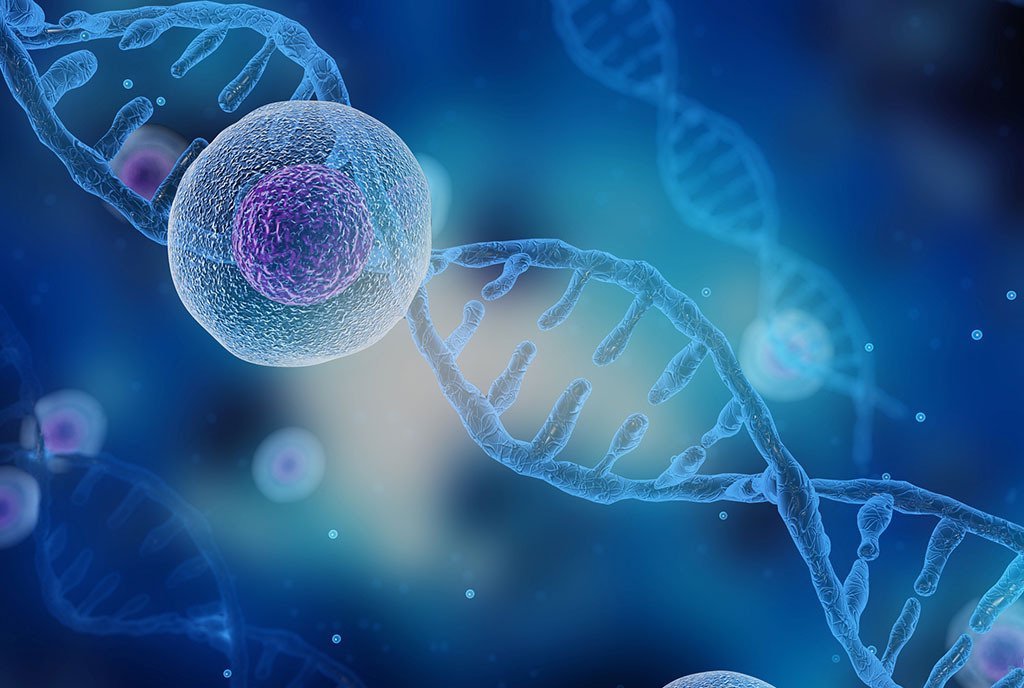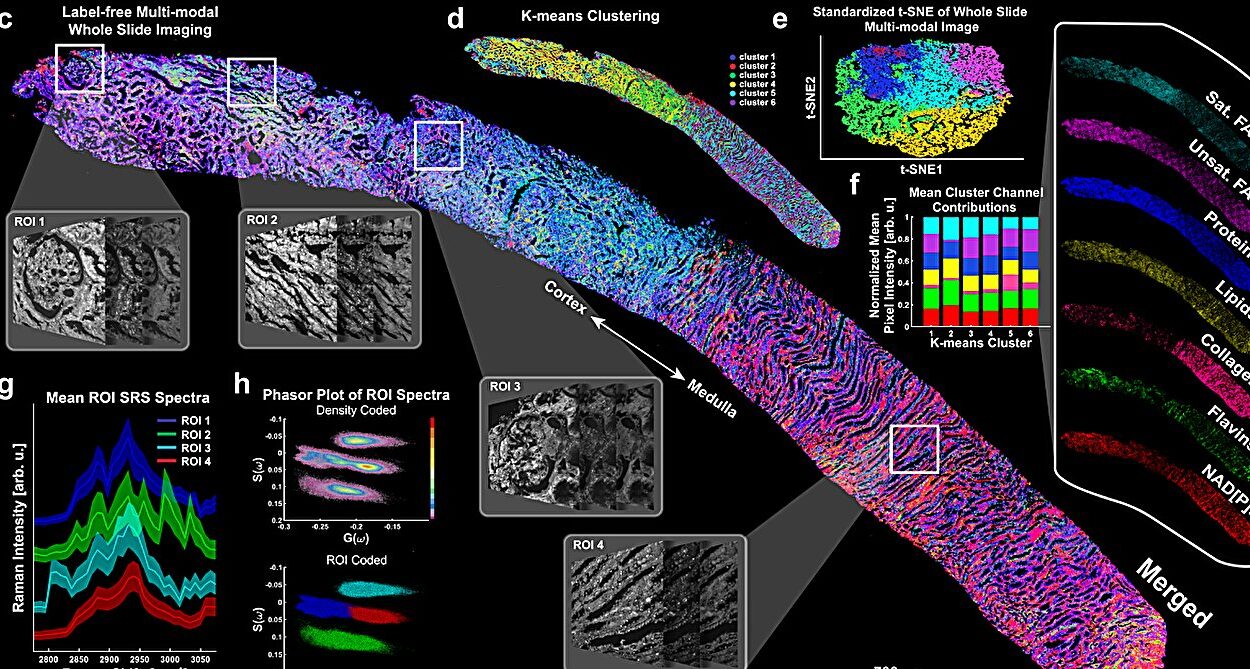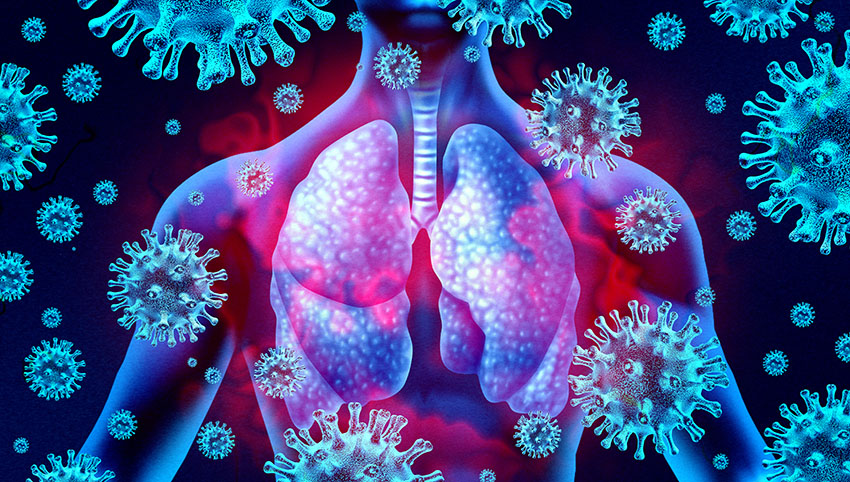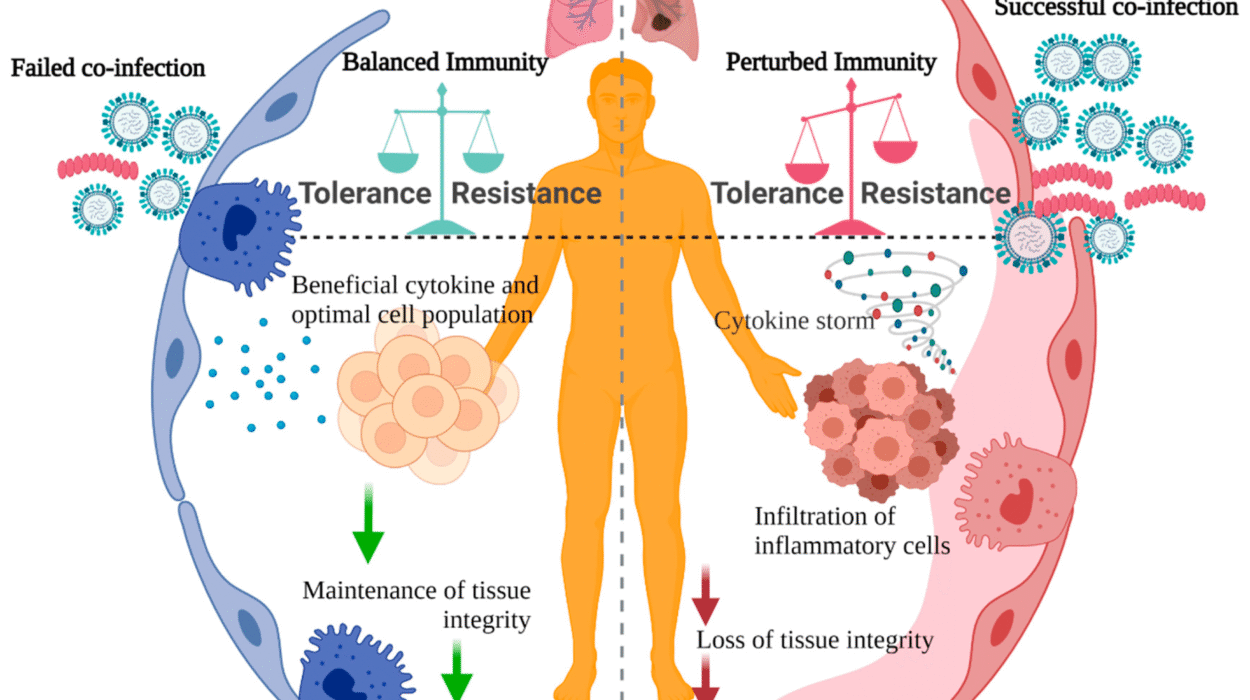Recent research conducted by the Cancer Epidemiology Unit at the University of Oxford, in collaboration with international researchers, has illuminated the relationship between diet and the risk of colorectal cancer, providing deeper insights into modifiable factors that influence cancer development. The study analyzed data from 542,778 women in the UK, uncovering important associations between specific foods, nutrients, and lifestyle factors, offering potential paths for reducing colorectal cancer risk.
Colorectal cancer, which was responsible for nearly 2 million new cases in 2022, is the third most prevalent cancer globally. While incidence rates remain higher in high-income countries, there is an observable rise in cases in lower-income regions, largely attributed to lifestyle changes that include dietary habits common in high-risk areas. These patterns suggest that lifestyle factors, including diet, may play a substantial role in the development of colorectal cancer. Additionally, studies observing migrant populations that adopt the eating patterns of high-risk countries underscore the crucial role diet plays in the onset of this disease.
Certain foods and beverages are recognized as contributing to colorectal cancer risk, notably those that contain carcinogens such as alcohol and processed meats. However, despite growing evidence implicating various dietary factors, much about how specific foods and nutrients influence cancer risk remains unclear. This study, published in Nature Communications, aimed to provide a clearer understanding of these uncertainties by performing a large-scale analysis that investigates the full spectrum of dietary patterns and their links to colorectal cancer.
Drawing from the Million Women Study, a long-running cohort study of middle-aged women in the UK, the research team used dietary questionnaires to gather information on the consumption of 97 different dietary factors. The study followed participants for an average of 16.6 years, during which 12,251 women were diagnosed with incident colorectal cancer. Researchers accounted for various confounding variables including body mass index, smoking habits, and family history of colorectal cancer in order to obtain more precise findings. This comprehensive data was supplemented with targeted genetic analyses drawn from international datasets such as the ColoRectal Transdisciplinary Study and the Colon Cancer Family Registry, further refining the study’s ability to dissect genetic and environmental influences on cancer risk.
A central finding of the study was the link between alcohol consumption and an increased risk of developing colorectal cancer. Researchers reaffirmed previous observations that alcohol is a known carcinogen, as evidenced by a positive correlation between alcohol intake and cancer risk. Specifically, the study found that consuming 20 grams of alcohol per day—about the amount in two standard drinks—increased the likelihood of developing colorectal cancer by 15%. This significant association highlights the importance of minimizing alcohol intake in the effort to reduce cancer risk.
Similarly, the study found that higher consumption of red and processed meats was linked to an elevated risk of colorectal cancer. With every additional 30 grams of red or processed meat consumed daily (about the equivalent of a single slice of bacon), the risk increased by 8%. These results emphasize the importance of rethinking diets heavy in meat, particularly processed varieties, as part of efforts to mitigate colorectal cancer risk.
On the other hand, calcium emerged as a notable protective factor. Consuming more calcium, potentially through dairy products, was shown to lower colorectal cancer risk. The study suggested that calcium might help reduce carcinogenic exposure within the colon, possibly due to its ability to bind bile acids in the gut, thus reducing their harmful effects. The research revealed that every additional 300 milligrams of calcium per day—roughly the amount found in a glass of milk—was linked to a 17% reduction in colorectal cancer risk.
Notably, dairy products such as milk and yogurt, which are rich in calcium, demonstrated a protective effect against colorectal cancer. Further analysis indicated that this correlation could largely be attributed to calcium intake. Individuals genetically predisposed to consume higher amounts of milk due to genetic variants were found to have a remarkable 40% lower risk of colorectal cancer for every 200 grams of milk consumed daily. This genetic link adds another layer of understanding to the potential cancer-fighting properties of calcium, offering compelling evidence that calcium’s role may extend beyond its nutritional benefits.
In addition to calcium and dairy products, the study found that several grains and fruits provided a potential safeguard against colorectal cancer. For example, consuming just 20 grams of whole grains daily—about half a slice of whole-grain bread—reduced colorectal cancer risk by 10%. Similarly, the intake of 40 grams of breakfast cereal (roughly one serving) led to a 7% reduction in risk, while eating an apple a day (approximately 5 grams of fiber) lowered risk by 8%. Increased fruit consumption, specifically 200 grams (roughly one cup), correlated with a 10% decrease in cancer risk, further supporting the role of fiber and nutrients in diet-related cancer prevention.
Leafy greens, which are high in folate (100 micrograms), offered even more protection, as daily consumption was linked to a 12% reduction in colorectal cancer risk. Vitamin C, found abundantly in citrus fruits such as oranges, showed promise as well. Consuming 100 milligrams of vitamin C—equivalent to one orange—was associated with a 10% lower risk of developing colorectal cancer. These findings underline the role of a diverse, plant-rich diet in reducing colorectal cancer incidence and underscore the importance of regular consumption of fruits, vegetables, and whole grains.
While many of these associations remained significant when adjusted for various confounders, the protective effects of certain foods tended to diminish when accounting for other healthy lifestyle choices such as physical activity and overall healthy eating patterns. This overlap suggests that maintaining a healthy lifestyle overall, including diet, exercise, and weight management, may be key factors in preventing colorectal cancer.
In conducting sensitivity analyses to exclude the effects of reverse causation—where early stages of cancer may influence dietary habits—the researchers found that the observed associations between dietary factors and colorectal cancer remained consistent. These findings were robust across different subsites of the colorectal cancer spectrum, including the proximal and distal colon and the rectum, providing reassurance that diet exerts a broad effect on colorectal cancer risk across the entire colon.
Despite these promising findings, the study emphasized that further research is necessary to better understand the mechanisms behind these associations, especially with regard to calcium’s protective effects. The study also suggested that while increasing calcium intake through dairy may benefit individuals in reducing colorectal cancer risk, the potential health implications of excessively high calcium intake warrant careful consideration.
Overall, the study provides substantial evidence that specific dietary choices, including alcohol consumption, meat intake, calcium, and certain fruits and vegetables, are key factors in determining an individual’s colorectal cancer risk. These findings not only strengthen existing knowledge about the importance of diet in cancer prevention but also encourage further exploration into how diet can be optimized to reduce cancer incidence. Additionally, it underscores the need for lifestyle interventions and public health campaigns aimed at promoting healthier eating habits to combat the rising global burden of colorectal cancer.
Reference: Keren Papier et al, Diet-wide analyses for risk of colorectal cancer: prospective study of 12,251 incident cases among 542,778 women in the UK, Nature Communications (2025). DOI: 10.1038/s41467-024-55219-5






